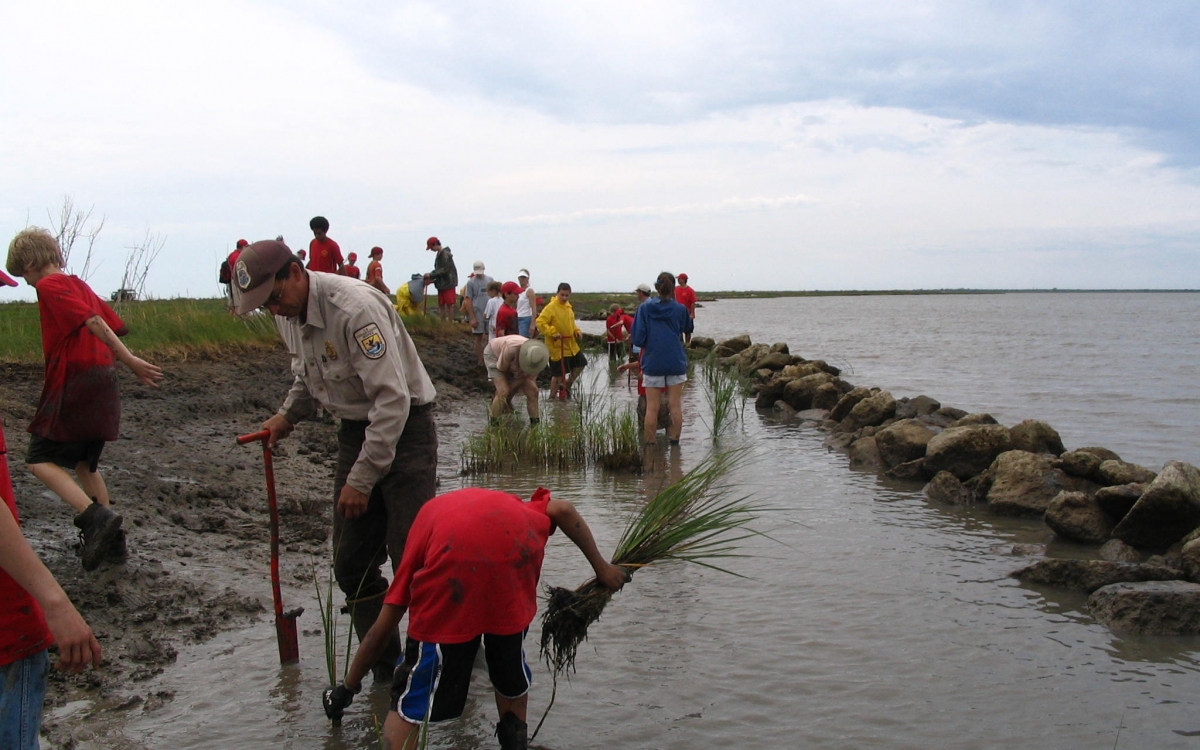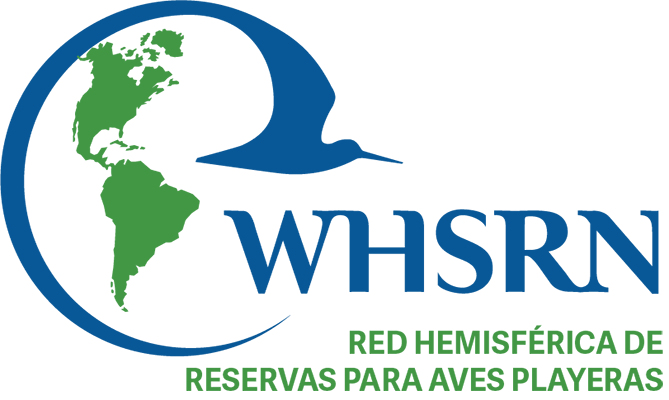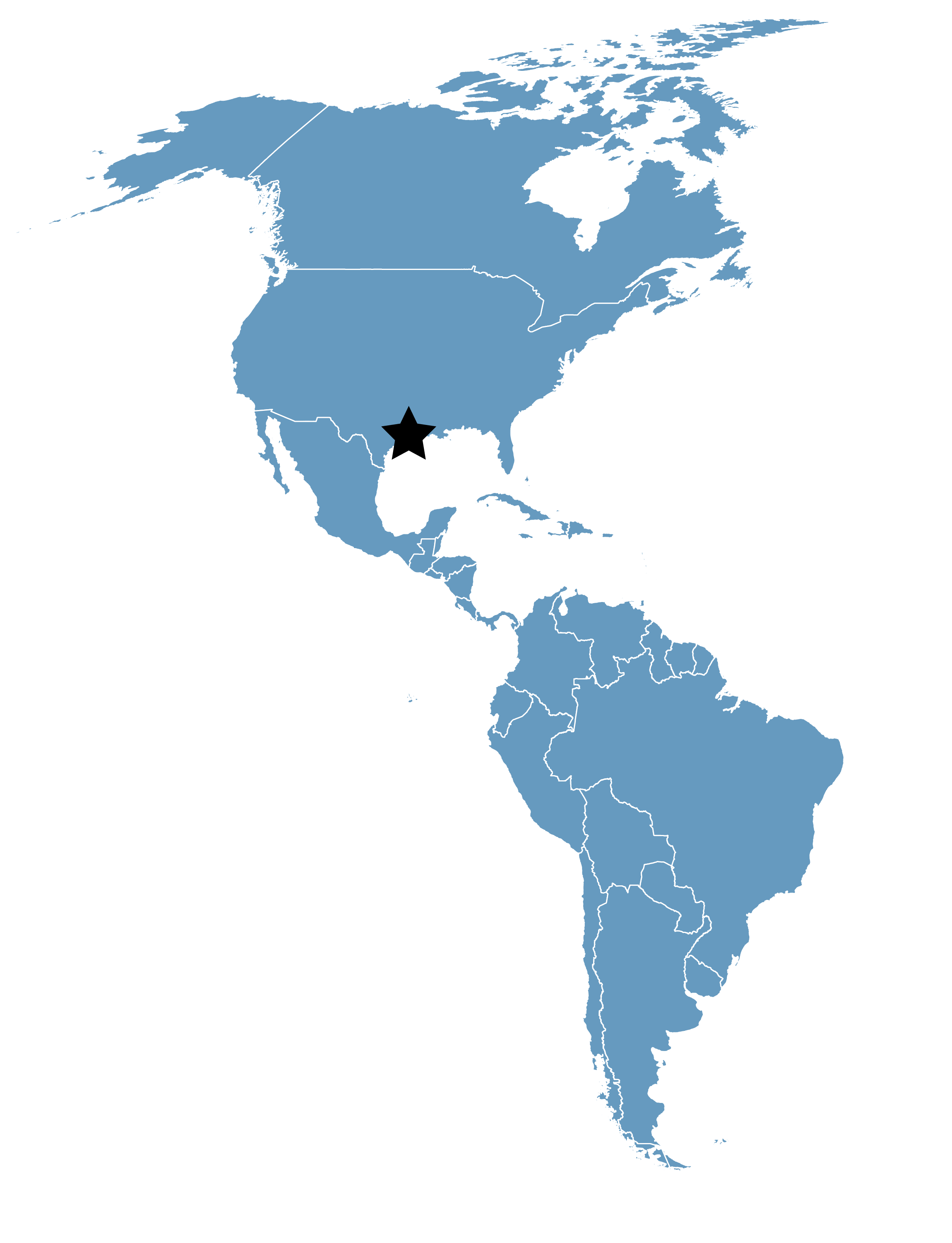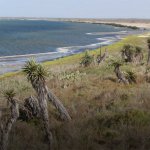Anahuac National Wildlife Refuge
Location
Texas, United States
Category
International
Basis for Designation
Supports more than 10% of the population of Whimbrel (Numenius phaeopus)
Size
13,759 hectares (33,999 acres)
Date Designated
October 2005
Site Owner
U.S. Fish and Wildlife Service
Site Partners
Friends of Anahuac Refuge
Overview
The 34,000-acre Anahuac National Wildlife Refuge is a WHSRN Site of International Importance, hosting a high numbers of Whimbrels (Numenius phaeopus) each April and May (> 2,200). These are presumed to be mostly or entirely of the N. p. hudsonicus subspecies and therefore >10% of the estimated biogeographic population of 18,000 for that subspecies. Anahuac NWR is also a very important spring stopover site for other species, especially Lesser Yellowlegs, Pectoral Sandpiper, and possibly both the Long- and Short-billed Dowitcher. If daily turnover rates are taken into account, the number of each of these species that use the refuge during the course of a spring migration likely exceeds the 10% “flyway” threshold as well.
Anahuac NWR is a federally-owned National Wildlife Refuge, a unit of the National Wildlife Refuge System, administered by the U.S. Fish and Wildlife Service, Department of Interior. The refuge is approximately 65% coastal marsh (over half of which is wholly or partly structurally managed), 25% upland grasslands, and 10% moist-soil and rice. The refuge provides critical habitat for a diversity of wildlife including migratory and resident birds (particularly waterfowl, shorebirds, waterbirds, and neotropical migrants), reptiles, and estuarine fisheries.

Anahuac NWR and volunteers replant grass to help restore the coastline. Photo by USFWS.
Current Threats
Most threats to the area are related to: 1) loss of coastal and inland wetlands through subsidence and sea level rise, shoreline/coastal erosion, and saltwater intrusion; and 2) prevalence and spread of non-native plant and animal species in wetlands, uplands, and coastal woodlots.
Development and land-use changes on a landscape level will affect the wildlife value of the area. Many shorebirds use a complex of rice, moist-soil, and natural wetlands on and off the refuge on a daily basis.
The current decline in rice farming is a major threat to shorebirds in the area. Rice farming provides important shorebird habitat, particularly during the spring. As rice declines in the area, the overall use of the refuge and the shorebird value of the upper Texas coast will decline.
The area is managed to minimize disturbances, but potential sources of disturbance include oil & gas activities, aviation, recreation, and research and management activities.
Research and Management Activities
Anahuac NWR is managed to conserve, enhance, and restore the region’s coastal wetlands, woodlots, and prairies. The goals of management activities are to provide wintering, migrating, and nesting/brood-rearing habitat for waterfowl, shorebirds, marsh and wading birds, other wetland-dependent wildlife as well as resident and migratory land birds.








